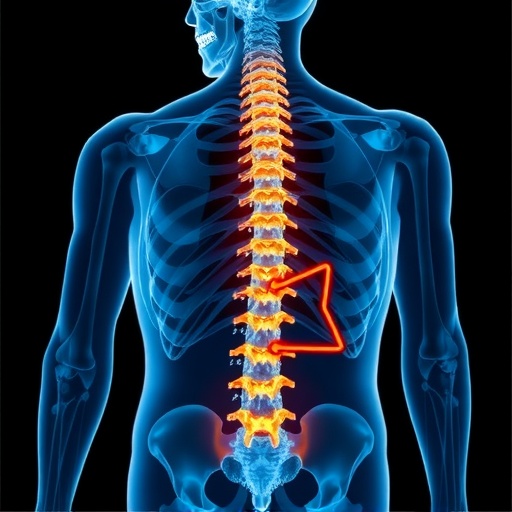ANN ARBOR, Mich. – Drawing on genomic data from more than one million individuals, researchers from the University of Michigan have led a large collaborative effort to discover as-yet unknown genetic risk factors for atrial fibrillation: an irregular, often rapid heart rate affecting millions of Americans and more than 30 million people worldwide. Atrial fibrillation increases one's risk for blood clots, stroke, heart failure, and death.
By performing one large genome-wide association study (GWAS) comprising data from six smaller studies, scientists identified 151 candidate genes for atrial fibrillation. Many of the genes identified are important for fetal development of the heart, implying that genetic variation predisposes the heart to atrial fibrillation during fetal development, or, that the genetic variation could reactivate genes in the adult heart that normally only function during fetal development.
The results of the study have been published in Nature Genetics ("Biobank-driven genomic discovery yields new insight into atrial fibrillation biology").
The increased understanding the study yields of the biological processes underlying atrial fibrillation could lead to better treatment and prevention. "We are hopeful that additional molecular biology experiments will determine how to create sustained regular heart rhythms by studying the genes we and others have identified," said study author Cristen Willer, Ph.D., associate professor at Michigan Medicine and head of U-M's Willer lab.
If atrial fibrillation is detected early, it is possible to prevent complications such as stroke and heart failure. Current treatment options for atrial fibrillation are limited, however, include serious side effects, and are rarely curative. The genetic variants uncovered in this study could potentially improve both early detection and treatment. By identifying genes important for atrial fibrillation, researchers constructed a risk score to help identify high-risk individuals and monitor them accordingly, which "may have important implications for precision health and prevention of cardiovascular disease," said Willer.
Of the 151 genes identified as important for atrial fibrillation, 32 are likely to interact with existing drugs not necessarily developed to treat atrial fibrillation. This study lays the groundwork for follow-up experiments to test whether any of the identified drugs could prevent or terminate atrial fibrillation.
This study used data from multiple biobanks from around the world, including UM's Michigan Genomics Initiative (MGI), UK Biobank, Norway's HUNT study, DiscovEHR, Iceland's deCODE Genetics, and AFGen Consortium. This big-data, precision-health approach yielded insights that may not have been discoverable using a smaller dataset.
"Discovery of novel genetic variants and genes important for atrial fibrillation was only possible because we combined information from multiple biobanks from around the world in a large collaborative effort," said first author Jonas Bille Nielsen, M.D., Ph.D., a cardiovascular researcher at U-M. "Combining the advantages of each of the data sources helped us to better understand the biology underlying atrial fibrillation [and]… revealed the risk score we constructed is very specific for atrial fibrillation. By combining multiple independent data sources, we also found that people with early-onset atrial fibrillation have a higher genetic burden of atrial fibrillation compared with people who develop the disease later in life."
The study's researchers acknowledge that their findings, while significant, need further confirmation, but are hopeful that this work will form the foundation for future experiments to understand the biology behind atrial fibrillation, and to identify tailored, more effective treatment options for the condition.
"As scientists, we need to continue to focus on the goal–helping patients with cardiovascular disease–and collaborate toward that goal," said Willer. "That's exactly what happened here, with the additional benefit of helping train the next generation of cardiovascular geneticists, like first author Jonas Nielsen."
###
Media Contact
Haley Otman
[email protected]
734-764-2220
@umichmedicine
http://www.med.umich.edu
http://dx.doi.org/10.1038/s41588-018-0171-3




